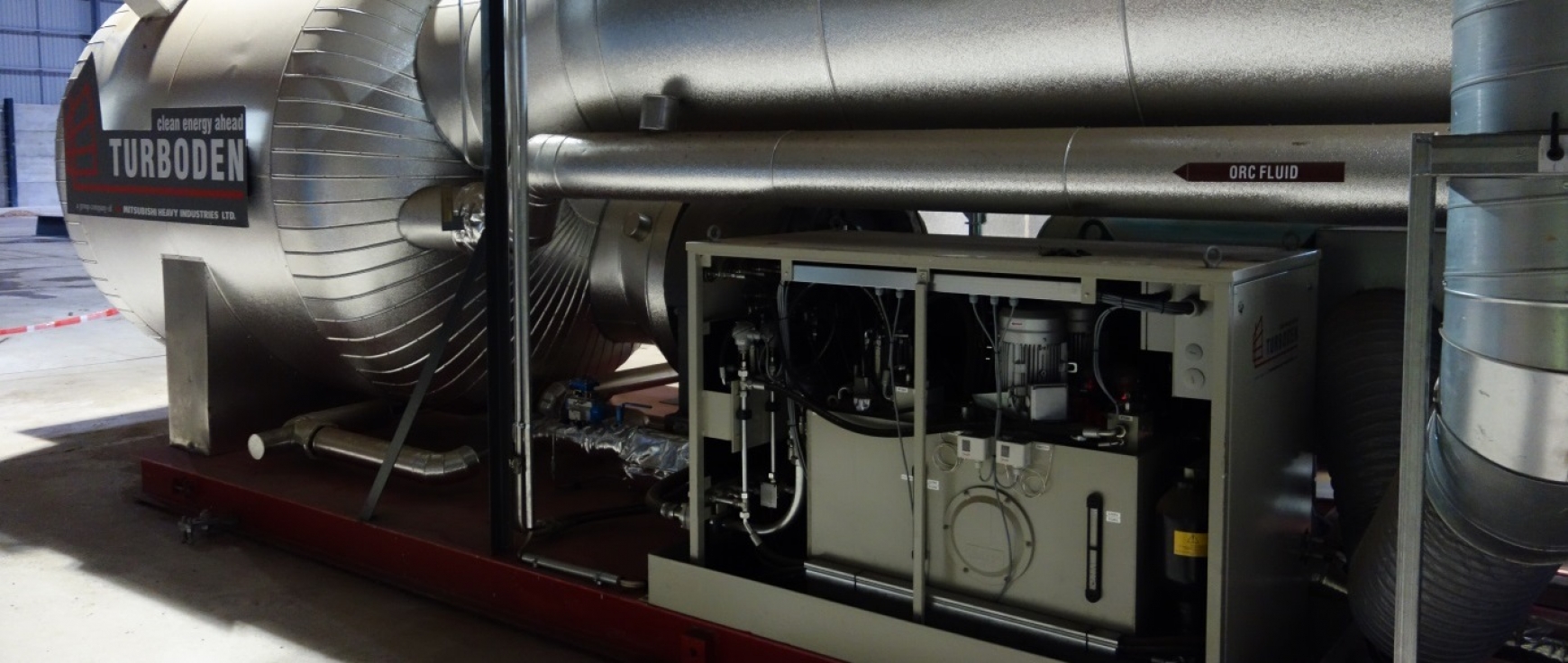So far, it’s shaping up to be an unpredictable summer. The political landscape has altered somewhat from what we have been used to, the weather can’t seem to make up its mind what to do, the grid electricity carbon emissions have fallen to their lowest ever level and on top of all this off, we still don’t know when the RHI regulation reforms will be made law.
Unfortunately, the delay in the RHI reforms has caused the medium biomass boiler tariff to be degressed for the first time in five years, with a 10% reduction in the rates due on 1 July 2017. Ironically, had the reforms been passed in May 2017, the rates would have been lower than they will be on 1 July 2017, but there would be a single tariff for biomass across the board and more certainty for many projects going forward.
A recent AHDB GrowSave event highlighted the opportunities still existing for renewable heating systems, specifically large biomass, biomass combined heat and power (CHP) and heat pumps. For the right project, these technologies can deliver heat cost reductions and reduce the environmental impact of commercial heat use. One key factor is ensuring that your fuel source is reasonably priced, locally available and is compatible with your system. For biomass, this may be wood but don’t rule out non-wood fuels too, the different materials available for use as sustainable renewable fuels never ceases to amaze me.
In an uncertain world, one way to make things clearer is to get a good appraisal of your plans and define your project well so that, as soon as the reforms are sorted, you are ready to go. With only three years left until 2020, when the current scheme is set to end for new entrants, this is all the more important.


